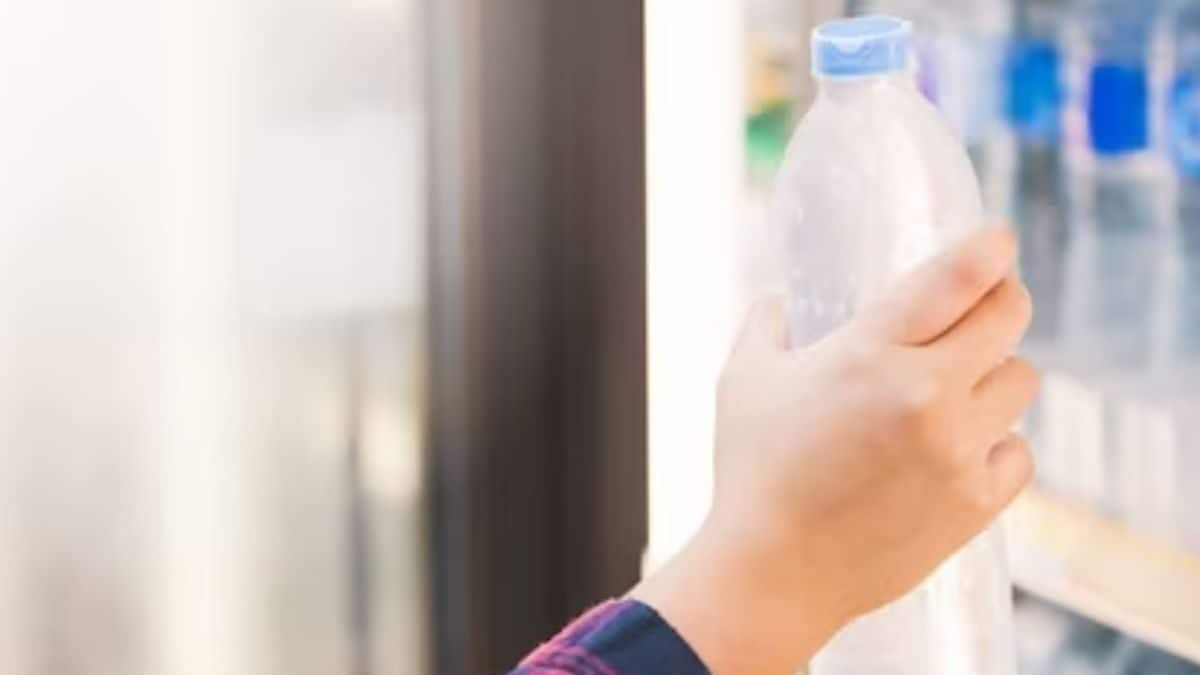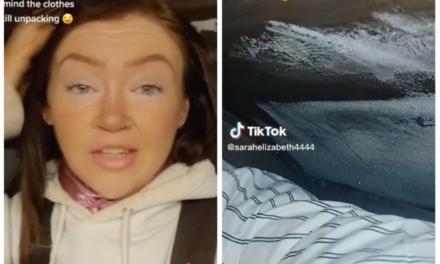Last Updated: October 21, 2023, 11:31 IST

The green colour cap means flavour has been added to the water.
The white cap means the water in the bottle was processed and the blue colour cap means the water has been collected from a spring.
Nature has provided resources to fulfil human needs. One such resource that is given to everyone by the environment for free is water. Water is abundant on earth, but very little of it is accessible for drinking. Most of the water is in the ocean. Humans have polluted the bodies of water, which is degrading the quality of the water for everyone. Construction of industries and disposal of waste in the water are some of the major causes of water pollution.
Despite all of that, nature still provides people with drinking water. Many companies have entered the water business and are refining water, making it accessible to people. They are being sold in packaged bottles and are common all around the world.
There are many brands of water bottles available on the market. Some of the most common brands are Bisleri and Aquafina in India. People buy water bottles at chilled or normal temperatures. But these commonly available water bottles have a unique thing about them. These bottles have different cap colours and each colour denotes a significant meaning. According to a video shared by an Instagram handle, @aminshaykho, explained what the colours of these caps water bottles mean.
The clip explains that the white cap means the water in the bottle was processed. The black colour cap means the water is alkaline; the blue colour cap means the water has been collected from a spring and the green colour cap means flavour has been added to the water.
The video is captioned, “Do not buy water until you know the secret meaning of the bottle cap colours. White means processed, blue is for spring water, black for alkaline and green for flavour #lifehacks #shopping #groceries #groceryshopping.”
Many users on Instagram went to the comments section and appreciated him providing information on social media. One of the users wrote, “Thanks for providing info.”
While others criticised him for misleading the public with the wrong information, One user wrote, “This is not true for every country. Stop misleading.” Despite some criticism, the video has still gone viral and has gotten 7.2 million views and 184K likes on Instagram.




